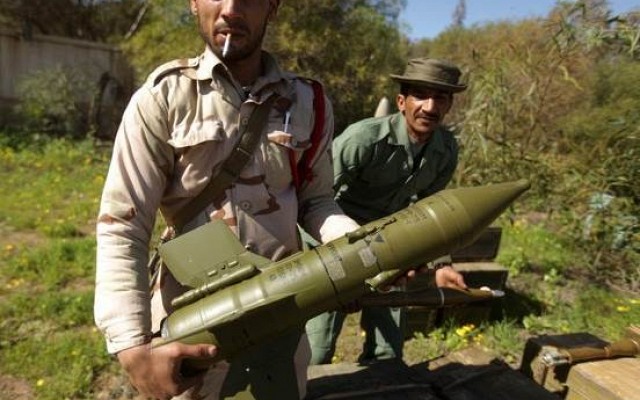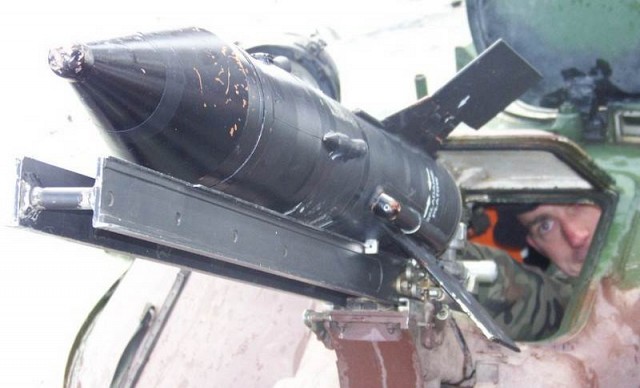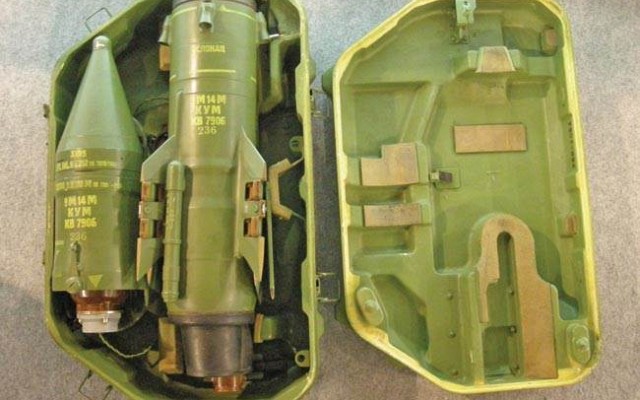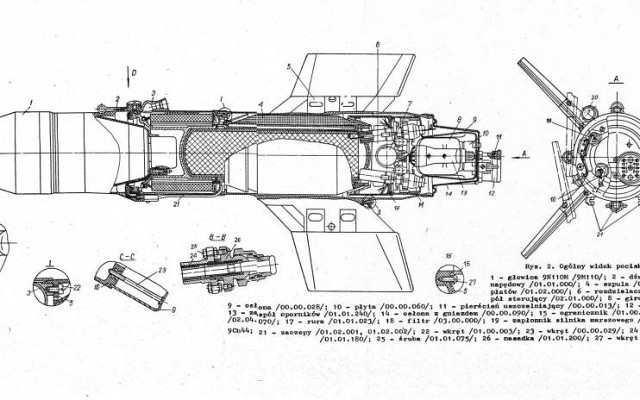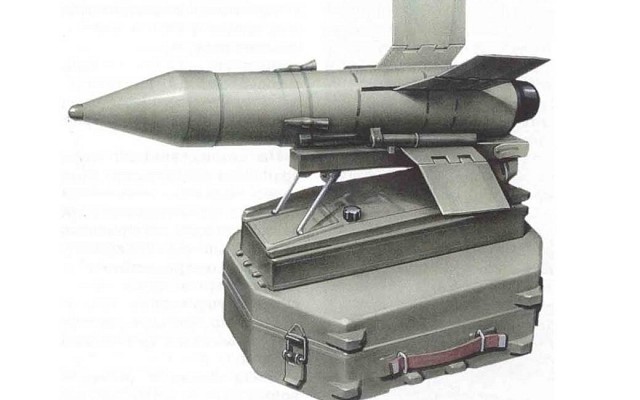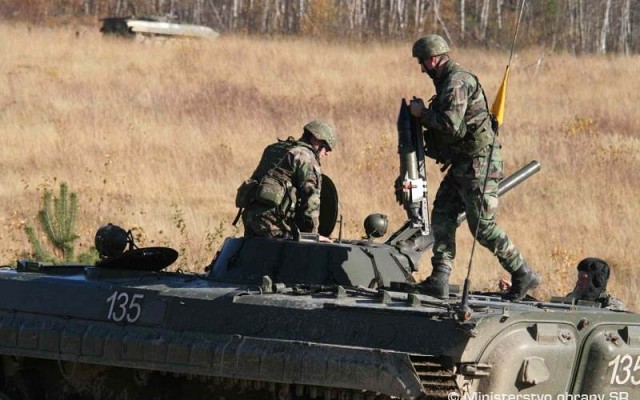9K11 Malyutka
NATO: AT-3 Sagger
Overview
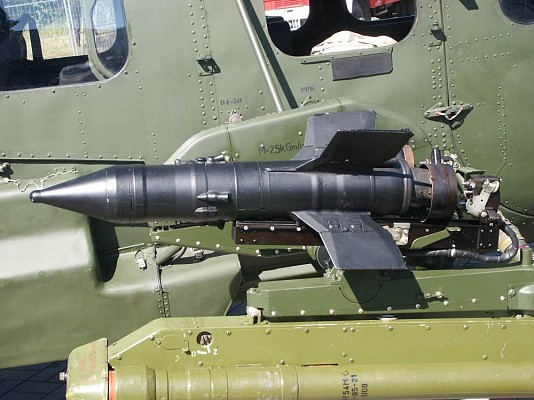
9K11 Malyutka
Polish Mi-2URP-G helicopter with 9M14 type missile mounted on stub wing.
Source: Pibwl -
© GNU Attribution - Share Alike license
China
Iran
North Korea
Yugoslavia
Egypt
Cuba
North Korea
Vietnam
Description
Introduction
The 9K11 Malyutka is an anti-tank missile system of Soviet origin. In the West it is known under the NATO reporting name AT-3 Sagger. The Malyutka was developed in the early 1960's as a man portable and more capable follow up for the 3M6 Shmel (NATO: AT-1 Snapper). Although considered obsolete by today's standards, it remains in widespread use while it is cheap compared to modern anti-tank guided weapons.
Design
The Malyutka is a wire guided missile with a relatively simple design. The HEAT warhead is located in the front and has an impact fuze. Most of the body consists of the solid propellant rocket motor. Two exhaust nozzles are fitted in the middle of the body since the wire reel and control section for the four folding wings are located at the end.
Guidance
Upon introduction the Malyutka used MCLOS guidance. The manpack control box consists of a joystick and magnified periscope. Later models switched to the more effective SACLOS guidance. These were only used on vehicles and helicopters. Some foreign modifications of the Malyutka use a new manpack control box using SACLOS guidance.
Firepower
The Malyutka is effective against most early Cold War era tanks. The latest versions have a much improved performance, but cannot be considered top of the line. These missiles still present a serious threat against most armored fighting vehicles. The minimum range of 500 meters results in a dead zone that must be covered with rocket launchers. The maximum range is 3 km. The MCLOS versions have shown a hit ratio of about 25 percent and the SACLOS version of over 60 percent.
Launch platforms
The Malyutka is mainly used from the manpack launcher and various combat vehicles. The vehicles include the BMP-1 and BMD-1 mechanized infantry combat vehicles and various tank destroyers based on the BRDM-1 and BRDM-2 reconnaissance vehicles. Additionally it can be launched from several export versions of the Mi-24 and Mi-8 combat helicopters.
Users
The Malyutka was produced in large quantities and was widely used throughout Cold War. It can be considered one of the iconic Soviet weapon systems. The Malyutka was not only used by the USSR and Warsaw Pact nations, it was also widely exported. In the Middle East, Asia and Africa it has seen widespread combat use. Newer and more capable anti-tank guided weapons have replaced the Malyutka in most militaries. However, large quantities remain in third world nations and even second line units in many other nations.
Variants
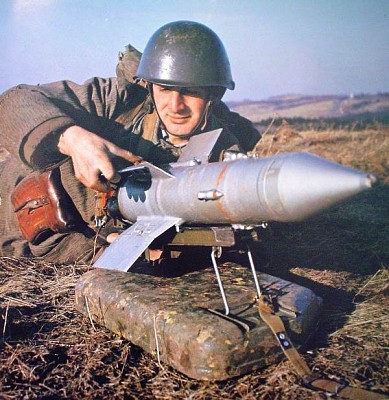
9K11 Malyutka
Czechoslovak soldier with 9K11 Malyutka.
Source: www.forum.valka.cz -
© copyright lies with original owner
Variants of the 9M14 missile as produced by the USSR
Factsheet
Launch platforms
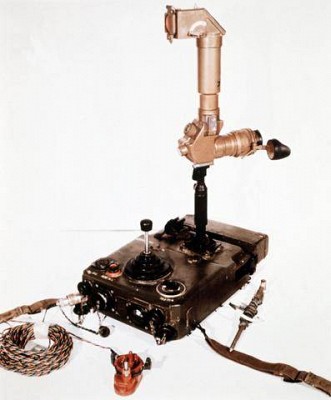
9S415
Control box with joystick and periscopic sight for the manpack launcher. MCLOS guidance only. The missile can be set up ready to launch several meters from the control box.
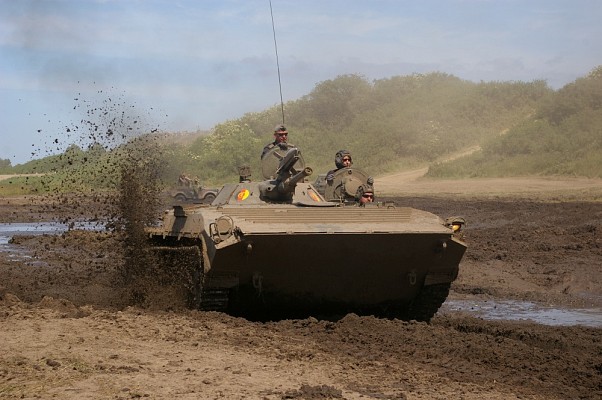
BMP-1
The BMP-1 was one of the first mechanized infantry combat vehicles. It uses the 9S428 control system to launch a 9M14 missile from the launch rail mounted over the 73mm 2A28 low pressure cannon.
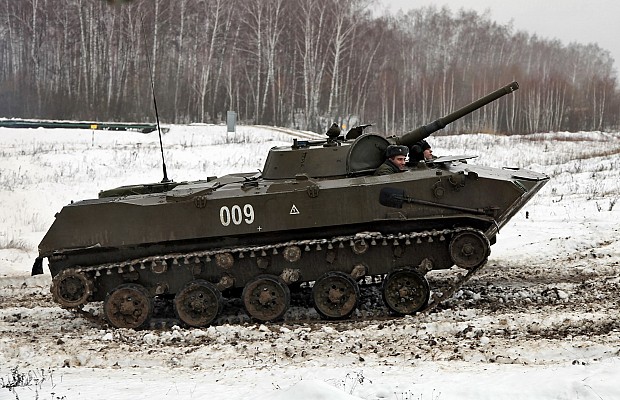
BMD-1
The BMD-1 is an airborne infantry fighting vehicle. It is a lightweight vehicle that can be airdropped from transport aircraft. It uses the same turret as the BMP-1 and has a launch rail mounted over the 73mm 2A28 cannon and a 9S428 fire control system within the turret.
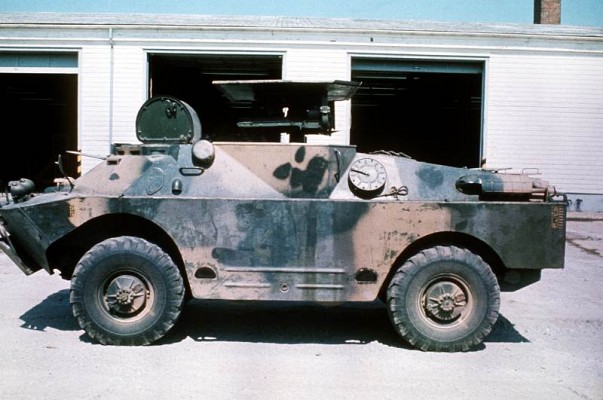
9P122
The 9P122 is a tank destroyer based on the chassis of the BRDM-2 amphibious reconnaissance vehicle. The 9P122 uses the MCLOS versions of the Malyutka.
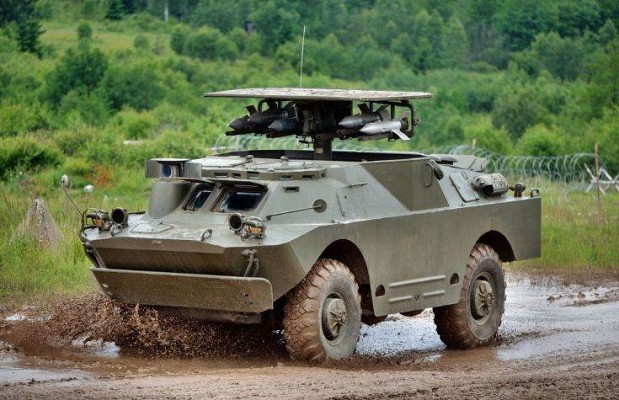
9P133
The 9P133 is an improved version of the 9P122 tank destroyer. Both vehicles look very similar. The 9P133 is a major improvement since it uses the 9M14P variant of the Malyutka with SACLOS guidance.
Foreign models
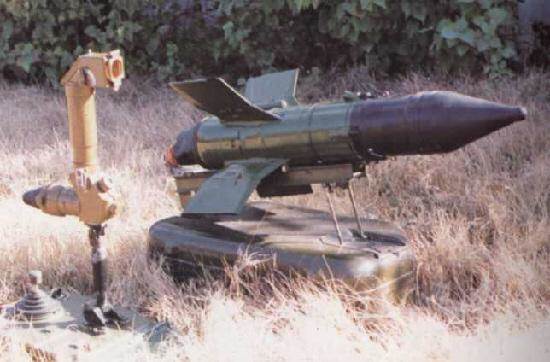
HJ-73
The HJ-73 started out as a direct copy of the 9M14M Malyutka-M. Later versions add SACLOS guidance and have an improved warhead. The HJ-73 is one of the few Malyutka derivatives for which a SACLOS manpack launcher was developed.
Media
Related articles
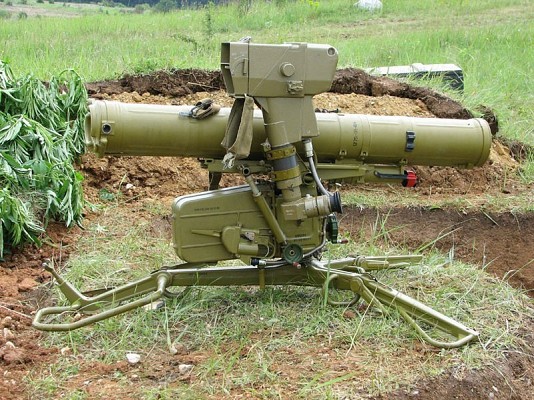
9K111 Fagot
The Fagot (NATO: AT-4 Spigot) replaced the Malyutka as a man portable anti-tank guided weapon. The Fagot is a far more capable system with SACLOS guidance, improved flight speed and better armor penetration.
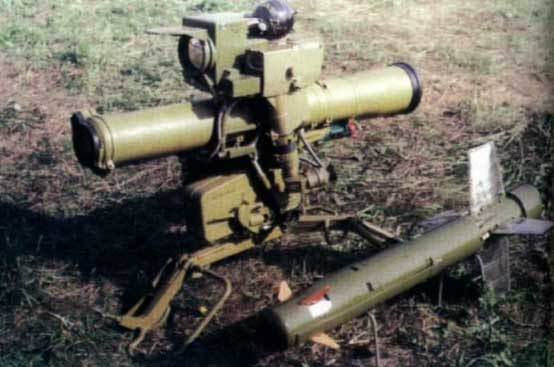
9K113 Konkurs
The Konkurs (NATO: AT-5 Spandrel) was developed as replacement for the Malyutka for use by specialist anti-tank teams and as vehicle armament against main battle tanks. On the BMP-1P and BMD-1P it replaced the previous Malyutka system.


